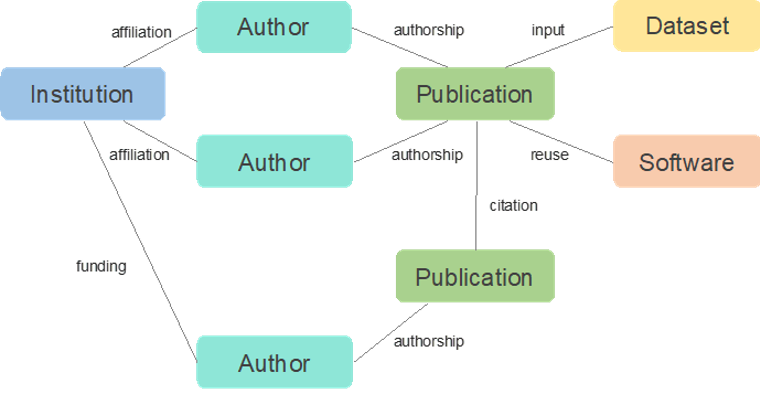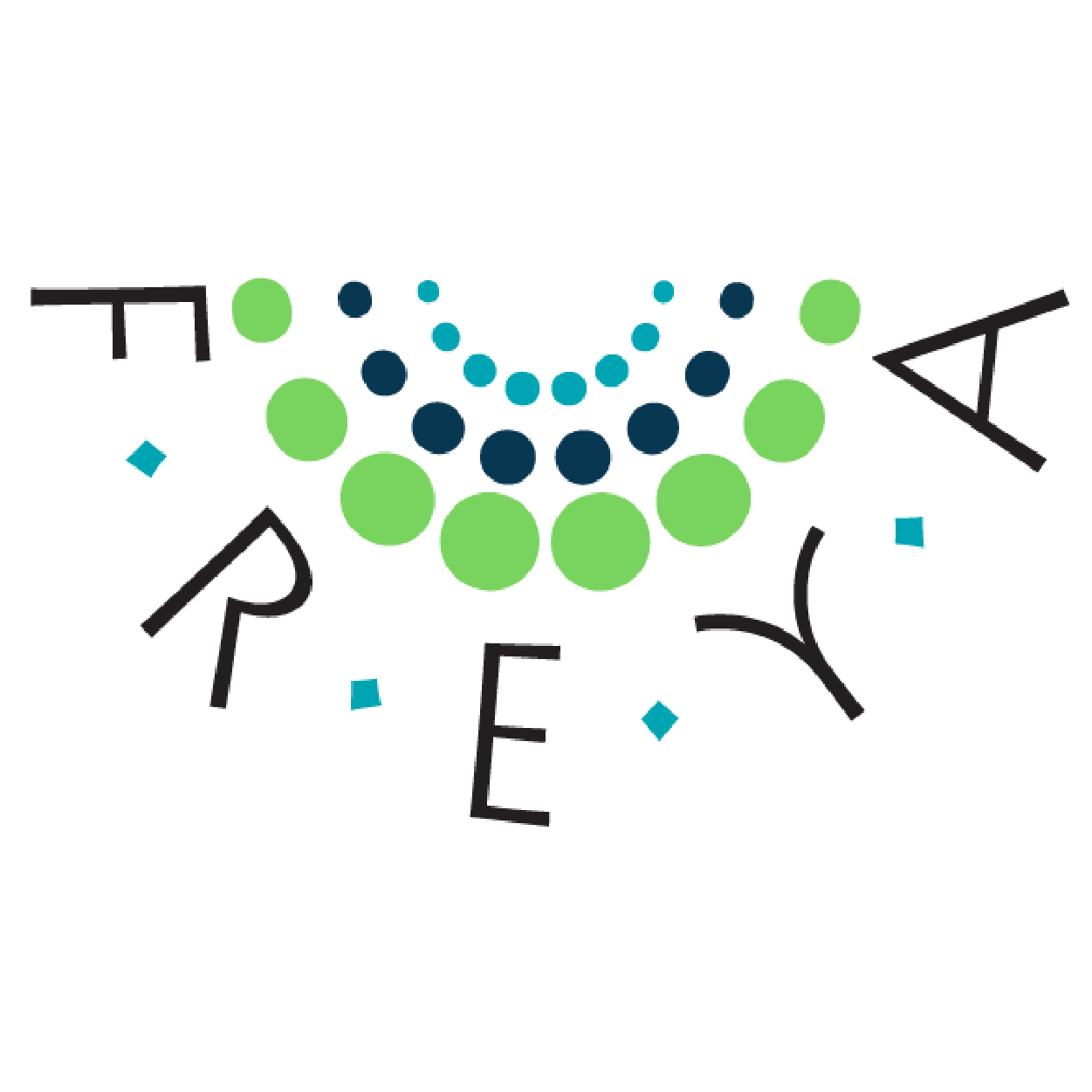18-Sep-2020

We are delighted to announce that Instruct-ERIC is a winner of this year’s FREYA Ambassador competition. FREYA is a 3-year project funded by the European Commission aiming to extend the infrastructure for persistent identifiers (PIDs) as a core component of open research, in the EU and globally. Colleagues at FREYA felt that our entry ‘Using PID Graph for reproducing research’ gave a strong disciplinary exposition of the potential of the PID Graph and how it could benefit our community.
In recognition of its achievement, Instruct-ERIC has been awarded a talk in the FREYA final event, during the session ‘The Place of PIDs in the EOSC’, 16 November, 13:30-15:00 CET. The FREYA final event will be held jointly with EOSC-hub and SSHOC, and Instruct's participation demonstrates our commitment to working closely with colleagues around Europe to ensure the best use of resources for European Research Infrastructures.
Instruct-ERIC offers access to cutting-edge research infrastructure for structural biology. Through Instruct, researchers from across Europe can gain access to techniques, services and equipment in order to perform their research. The operation of some of this equipment is, to say the least, complex, and for any given piece of research output, there are a large number of contributing inputs. Such inputs may include, but are not limited to: the sample (origin, characteristics, purity, descriptors), its preparation (reagents, formulation, modifications), the machine(s) used, the configuration of the machine(s) at the time, one or more areas of interest in multiple frames of multiple terabytes of HD video, the software and software version used to perform any data processing, the researchers involved, and more.
Many inputs are critical to reproduce a given piece of research and therefore need to be findable. By identifying and documenting every step in the process - from proposal to publication - it should be possible to reproduce and optimise preparation techniques and identify commonalities in the process. However, an additional complexity is that some of this information may need to remain in situ, whether this is because the volume of data makes it impractical to move, or because of contractual or ethical confidentiality reasons.

A example PID graph, showing how different entities in research can be connected together.
Using the PID Graph would give Instruct the opportunity to construct, on demand, a “research bundle”. This would tell any future researcher, in detail, what inputs went in to producing any given research output and where that data resides. This would allow Research Infrastructures to conform to FAIR principles, as well as meet any requisite data protection obligations. Nevertheless, there are challenges - for example, it is not immediately obvious how much of the graph is relevant to include in the “research bundle” for a given piece of research. In this case, the ability to specify and query on additional metadata, such as the type of data a given PID represents, or the time that data was created, may be useful.
